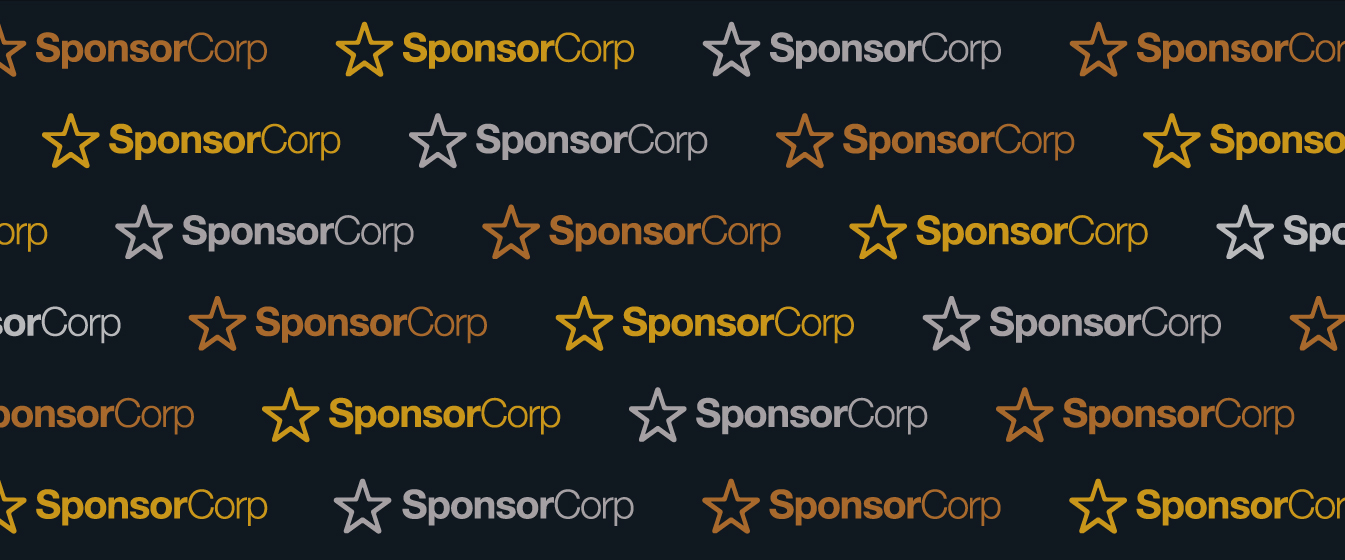Blog: Event marketing
So, you’re thinking about starting a user conference?
3 October 2025 minute read
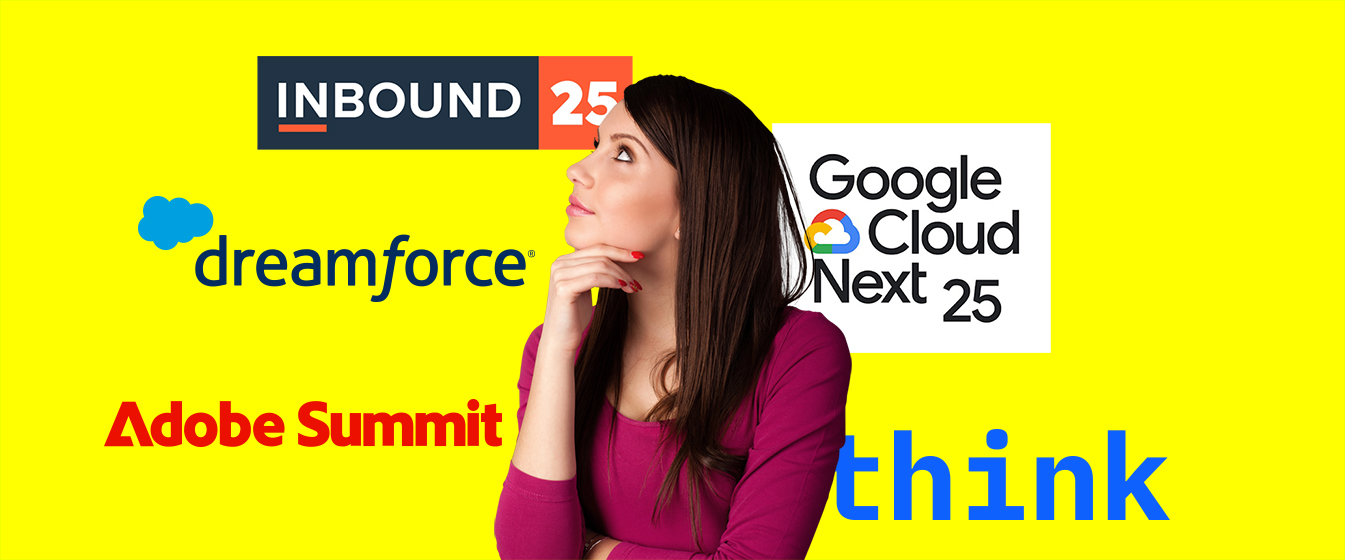
User conferences have come to be seen as one of the most powerful tools in a company’s marketing strategy, prized for their ability to generate high-quality leads and customer engagement.
In fact, in a recent poll of corporate marketers, a whopping 77% considered events to be their most effective marketing channel.
The biggest user conferences (Dreamforce, Google Cloud Next, AWS re:Invent et al) have evolved from being purely product showcases to being strategic summits in their own right – with agendas that focus on broader industry themes like AI, data management, and the future of enterprise software.
Indeed, they’re more than just events – they’re community building platforms that help customers connect with each other, learn about new features, and deepen their relationship with your brand. For technology companies especially, a successful user conference can drive retention, advocacy, and revenue growth long after the event itself is over for the year.
Who wouldn’t want to leverage this kind of power for their company?
But pulling off a successful user conference – whether in-person, virtual, or hybrid – requires meticulous planning, cross-team collaboration, and smart use of event technology. In this post, we’re going to explore the key steps and practical strategies for designing and executing a conference that delivers value for attendees and your business.
1 Define clear objectives and success metrics
Tempting though it is to just go straight to booking the San Jose Convention Centre and having a cute logo designed, it’s worth starting with strategy.
What’s the purpose of your user conference? With use conferences it’s typically one (or several) of the following:
Customer education Demonstrate new features, best practices, and product roadmaps.
Community building Create networking opportunities and foster peer-to-peer learning.
Brand advocacy Inspire customers to become evangelists for your product.
Pipeline generation Engage prospects and partners in a high-value environment.
Once your objectives are clear, you can start setting measurable KPIs such as registration numbers, session attendance, customer satisfaction scores (CSAT), Net Promoter Score (NPS), post-event product adoption, or influenced revenue.
These metrics will be essential both in guiding your decision-making and helping you demonstrate ROI to leadership. Because let’s face it: user conferences are not cheap.
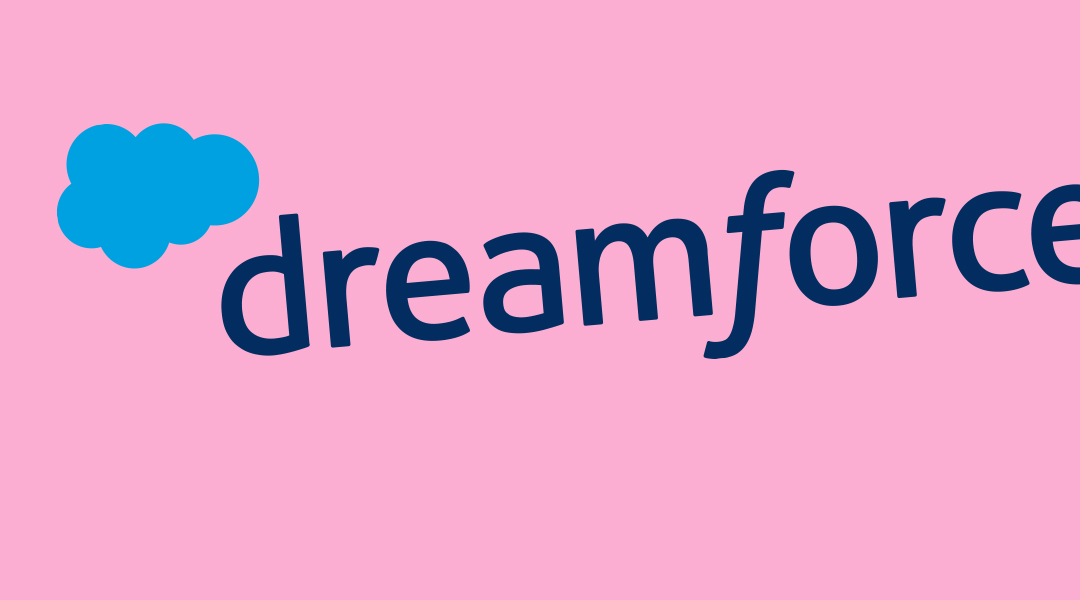
2 Choose the right format: in-person, virtual, or hybrid
The pandemic saw a lot of user conferences go online and most have retained the digital element – settling on a hybrid format today.
But if you’re starting from scratch, it’s worth thinking about whether hybrid makes sense (at least in the beginning), and what’s the best format to launch with, given your goals, your audience and your budget.
In-person Is obviously ideal for building deep relationships among your user community and serving them with immersive experiences. It’s perfect for flagship annual events.
Virtual Offers lower costs, is more accessible and often well-suited for regional or narrower, topic-specific gatherings.
Hybrid Gets you the best of both worlds – combining onsite networking with global reach through livestreamed sessions. And it can be done well these days with seamless chat and other interactions ensuring remote attendees feel equally engaged – but cost and complexity go up, especially if you want to maintain high production values.
When deciding on your format, consider audience demographics, travel budgets, and the complexity of your content. Plenty of companies in the technology space see good returns from a blend of in-person and digital touchpoints throughout the year; for example, one large physical event plus quarterly virtual meetups.
3 Create a compelling theme and agenda
Your theme sets the tone and narrative for the entire event. It should align with your company’s mission and resonate with your audience’s aspirations.
As a general principle, most user conferences tend to have themes that fall within one of four categories (again it depends on your goals for the event):
Future-focused eg ‘Innovate Today: Building the Future of [Industry]’
Benefit-driven eg ‘Mastery Unleashed: Unlock Your Potential with [Product]’
Community-centric eg ‘Thriving Together: The Power of the [Product Name] Community’
Exploration-based eg ‘Charting New Territory: The Next Generation of [Product]’
Having decided on the overall tone and direction, you can start to design an agenda that balances the three key pillars of a good user conference: inspiration, education, and connection.
Typically, your agenda would feature a mix of session types to achieve this:
- Keynotes to showcase vision and leadership.
- Product sessions for hands-on training or demos.
- Customer success stories to spotlight real-world value.
- Breakouts and workshops for skill-building.
- Networking opportunities like roundtables, community lounges, or social mixers.
Superior content is at the heart of a successful user conference, but it must be tailored for maximum impact.
Actionable insights, not just information The most successful events deliver takeaways that attendees can immediately apply to their work. The content is relevant to real-world scenarios and current industry trends, not just product features.
User-generated content A mainstay of user conferences is presentations, panel discussions, and case studies created by customers themselves. This peer-to-peer sharing builds credibility and offers attendees practical lessons from fellow users.
Access to experts Instead of just presenting, companies offer attendees direct access to product experts, developers, and company management in hands-on labs or during Q&A sessions. Show, don’t tell.
Feedback-driven roadmap Remember, content at user conferences is not a one-way street. The event should be seen as an invaluable tool to gather feedback and solicit suggestions from attendees that the company can incorporate directly into the product roadmap and priority-setting.
Use data from previous events and customer feedback to tailor the agenda. Event management platforms can help track session popularity and engagement metrics over time, making each year’s event smarter than the last.
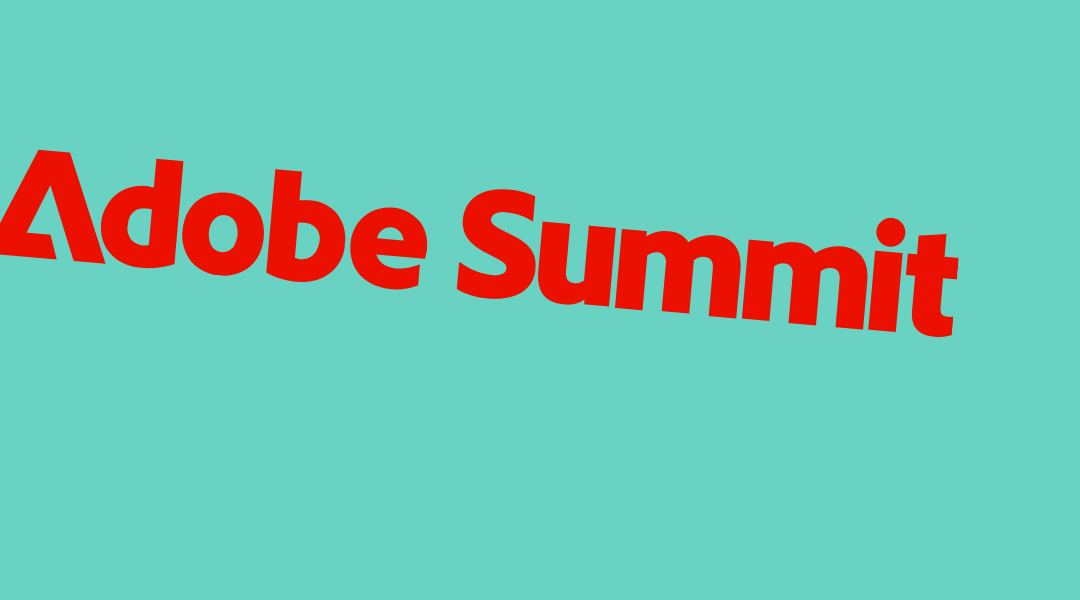
4 Leverage event technology to streamline the experience
One way to get your new user conference off to a bad start is to run it on outdated, clunky event technology that reflects poorly on your company’s otherwise cutting-edge, innovation-forward image.
The whole registration experience should feel like an extension of your company’s brand, and it should be as intuitive as the best B2C digital experiences.
So, look for a cloud-native platform that’s white-label and will allow you to brand every webpage, form, email and touchpoint exactly as you need it.
Use it to segment attendees by persona (customer, partner, prospect) and personalise pre-event communications.
If you’re using a hybrid format, make sure the mobile event app you provide to in-person attendees is seamlessly integrated with your virtual environment. Ideally you want a single system driving things like the event feed, session chat, Q&A, live polling and messaging. This will avoid the impression of it being a ‘two-tier’ experience (with virtual participants as the poor relations). It will also help reduce friction for attendees and enable you to collect real-time engagement data.
Deep integrations between your event tech and the rest of your marketing stack are a must.
User events are all about gaining insights into what your customers want and need, so that your sales and marketing teams can identify expansion opportunities (or at-risk accounts).
Track metrics like session attendance, booth traffic, survey responses, and social engagement and transfer these insights to your enterprise CRM to enrich records and understand needs at the individual account level.
Basic, off-the-shelf integrations are often not up to capturing nuanced event data, and pushing it to your company’s preferred tools, in ways that are truly insightful. So, make sure you select a platform that understands B2B marketing – not just basic logistics.
And while we’re talking about logistics, nothing says ‘behind-the-pace’ quite like a huge table of pre-printed badges at a tech conference; so use a smart check-in app and print those badges on-demand as your guests arrive. It’s faster, smoother, less wasteful and it makes the best first impression.
5 Design for engagement, not just attendance
Of course, with every event you run you’re always looking for engagement – not merely attendance. But with user conferences, engagement is everything. Because the whole purpose of the event (and the justification for spending all that budget) is getting your attendees to either: use your product; use it more or use it better – such that they grow into being even more valuable customers and evangelists for your company.
A full room (or virtual stream) doesn’t automatically mean engagement.
You need to focus on interactivity and two-way connection. Think:
- Live polls and Q&A tools to encourage participation.
- Roundtable discussions that foster peer-to-peer learning.
- Ask-the-expert zones or product labs that provide direct access to your specialists for unstructured, informal conversations.
- Interactive workshops that are ‘hands-on’ where attendees can work on problems or use your product in a guided, collaborative setting. This is especially effective for demonstrating new features or use cases.
Overall, consider breaking up more traditional conference formats. Instead of long lectures, try using things like lightning talks, fireside chats, and panel discussions to keep the pace dynamic and encourage different perspectives.
Remember, user conferences are less about speakers delivering content to passive audience members, and more about different kinds of users coming together to share perspectives and ideas so that everyone can get more out of your product.
6 Collaborate across teams and stakeholders
Successful user conferences rely massively on cross-functional alignment. Marketing might lead, but input from product, sales, and customer success teams is vital:
- Product managers can shape content and demos.
- Sales teams invite key prospects and track post-event follow-up.
- Customer success ensures that the agenda addresses known customer needs.
- Executives are there to provide vision and credibility.
Consider scheduling regular check-ins throughout the planning phase and make use of shared dashboards so all these groups know what’s going on (and how they can help). Clear ownership really matters when you’re planning a user conference so think about appointing tzars from each part of the business (eg ‘content lead’, ‘sponsorship lead’, ‘onsite logistics lead’ and so on, to help keep planning on track.
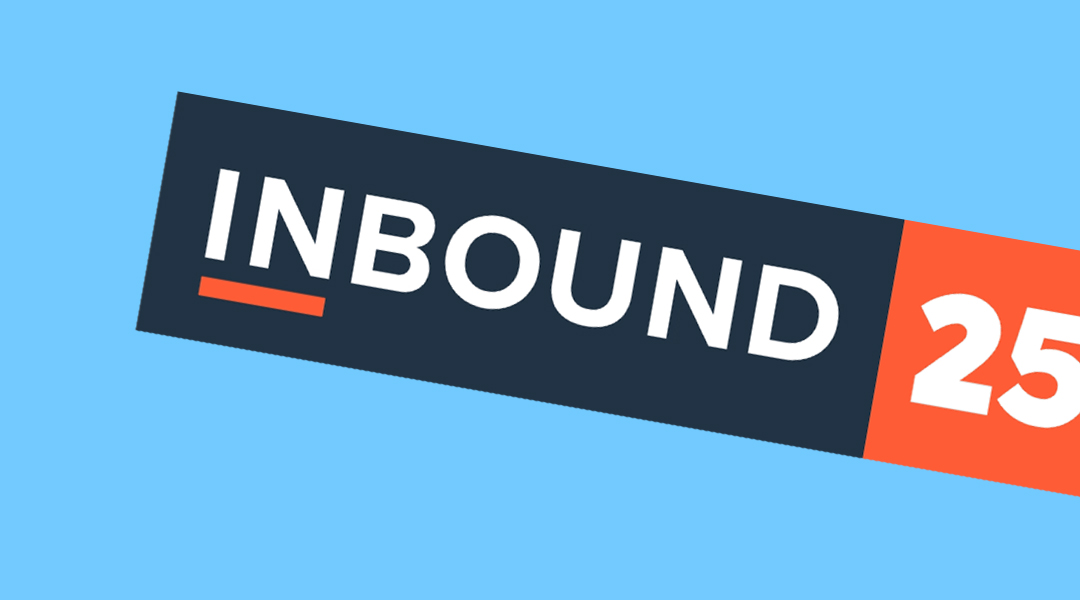
7 Plan the logistics meticulously
Meticulous is what event planners are. But when you launch your own user conference the stakes are higher than ever.
Think about it: You’re inviting hundreds (or thousands) of your most important customers, advocates and stakeholders to an event where your name is all over everything.
Literally every facet of the attendee experience, from the coffee to the WIFI, to how easy the app is to use, to whether the sessions start on time – all become a judgement on the quality and reliability of your company and its products.
Attendees will generally forgive a few rough edges at academic conferences or events organised by non-profit user-groups – but a corporate user conference is literally the live embodiment of your whole brand. So, leave nothing to chance.
There are plenty of questions to ask, like:
- Does this venue set the right tone for our company?
- Is it easy for our customers to get there? Is enough of the right accommodation available? Is it appropriately priced? Does the location fit with our ethos?
- How certain am I that all the tech I’m using will perform flawlessly on the day? Is it tested? Is my entire team fully trained to use it?
- Am I sending the right signals in terms of sustainability – local, eco-friendly suppliers, digital materials?
Build detailed run sheets, production timelines, and contingency plans. For hybrid or virtual components, run multiple technical rehearsals to prevent broadcast or connectivity issues.
8 Create a buzz before, during, and after
A great user conference starts long before the doors open. So, build anticipation with a strategic content and communications plan:
Pre-event Launch ‘save the date’ campaigns that highlight speakers, and tease key announcements. Encourage social sharing with branded hashtags.
During the event Livestream select sessions, share behind-the-scenes clips, and encourage attendees to post their own photos and insights.
Post-event Send highlights, recordings, and thank-you messages. Create recap blogs, social snippets, and case studies.
Continue engagement by nurturing attendees through email campaigns, user groups, or community forums. The event should mark the beginning of deeper ongoing relationships – not the end.

9 Measure, learn, and improve
User conferences like Dreamforce are a marathon, not a sprint. The goal is to establish a long-term, ‘must-attend’ gathering that positions your brand at the heart of its key markets. So as soon as the applause fades, gather feedback fast. Surveys (delivered via your event app or platform) can reveal what worked – and what didn’t. Review metrics such as:
- Registration vs attendance rates
- Session ratings and engagement data
- NPS or satisfaction scores
- Follow-up meeting requests or pipeline influence
Use these insights to refine future events. Sharing a transparent ‘what we learned’ summary internally will help secure buy-in for next year’s budget, and demonstrate continuous improvement. Events are great, but they’re not the only channel – so be ready to back-up your reporting with hard evidence.
10 Keep the community alive year-round
The best user conferences don’t end with the closing keynote. They act as catalysts for ongoing community engagement. Continue the momentum by:
- Hosting webinars and local meetups throughout the year.
- Launching online user forums or even Slack communities.
- Publishing customer success stories and feature tutorials.
- Inviting attendees to speak or co-create content for future events.
The stronger your community, the more impactful your next conference will be – because attendees will arrive already connected and invested.
Organising a user conference is a major undertaking, and not for the faint-hearted. But done right, it can become a cornerstone of customer engagement, loyalty, and brand advocacy. The key is to blend strategic clarity with operational excellence, powered by modern event technology that personalises and streamlines every step.
Whether your goal is to gather 200 power users or 5,000 global participants, success lies in one simple principle: make every attendee feel valued, connected, and inspired.
Get that right, and your user conference won’t just be an event – it’ll be an experience that strengthens your community for years to come.

